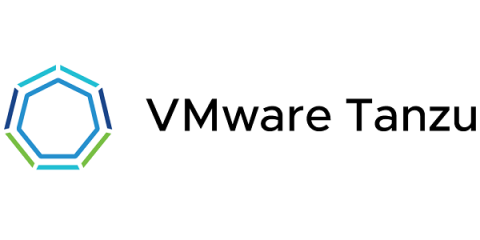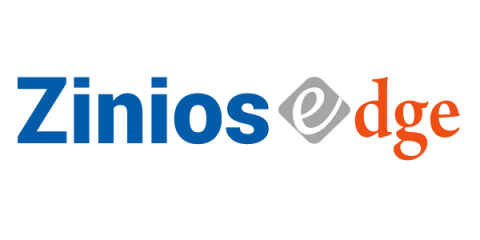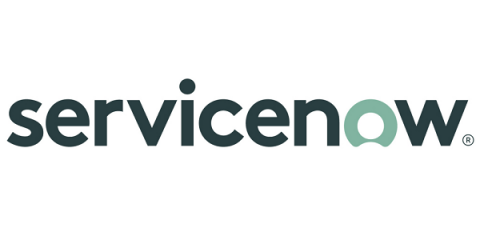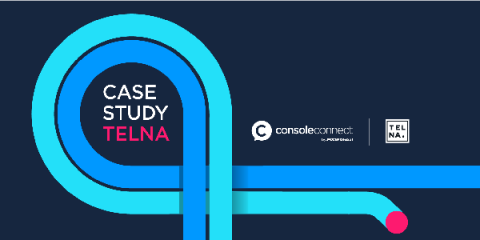Securing Modern Applications and APIs: Whose Job Is It, Anyway?
When an end user thinks of a modern application, they expect a user-friendly offering, one that works on any device, from any location, and that delivers constant innovation. To deliver on that expectation, under the hood there are a large number of distributed components (and micro-components) running heterogeneous workloads on hybrid environments.











